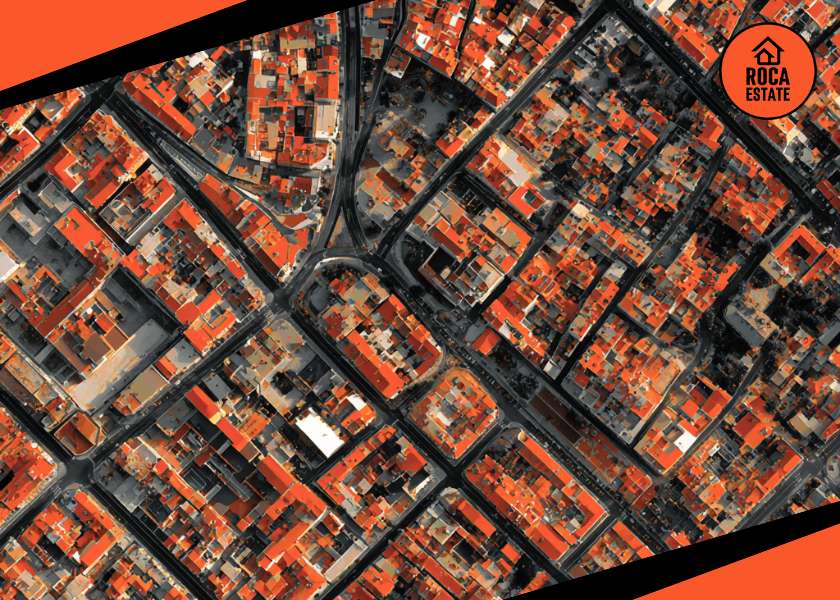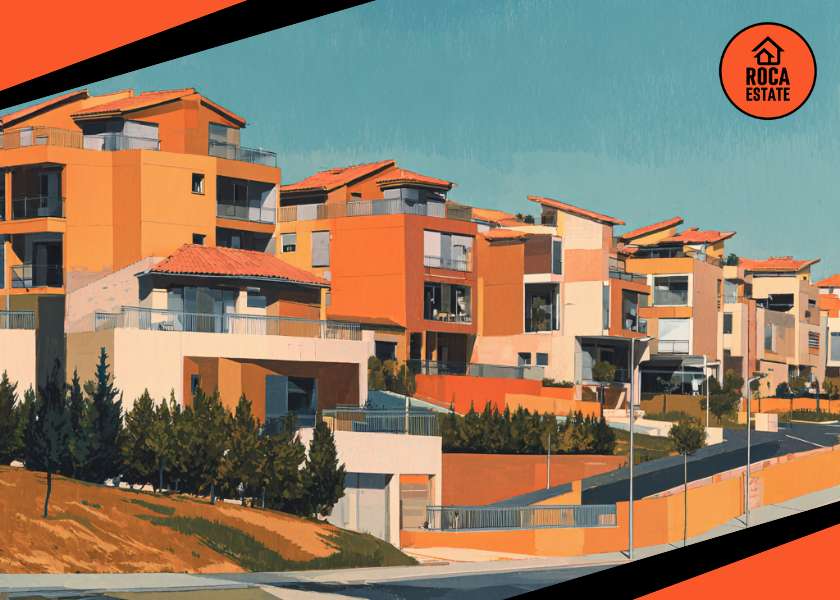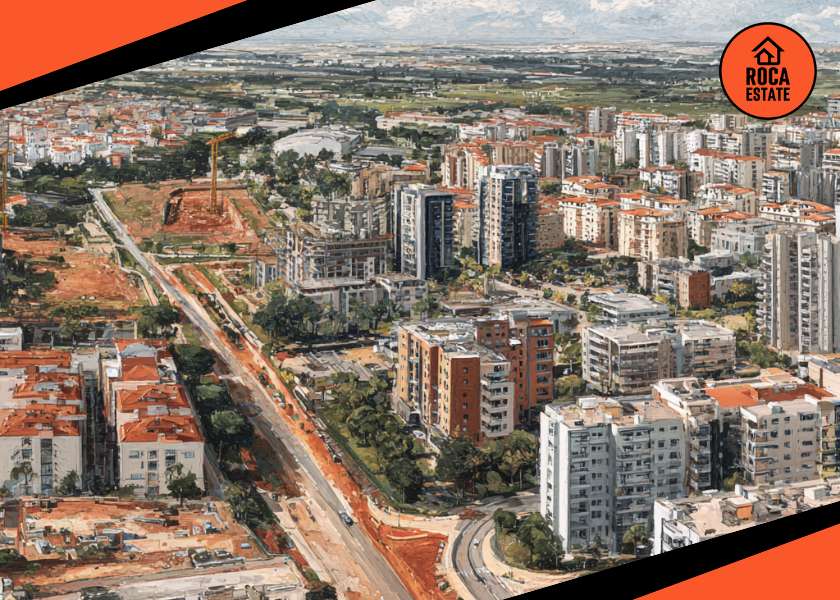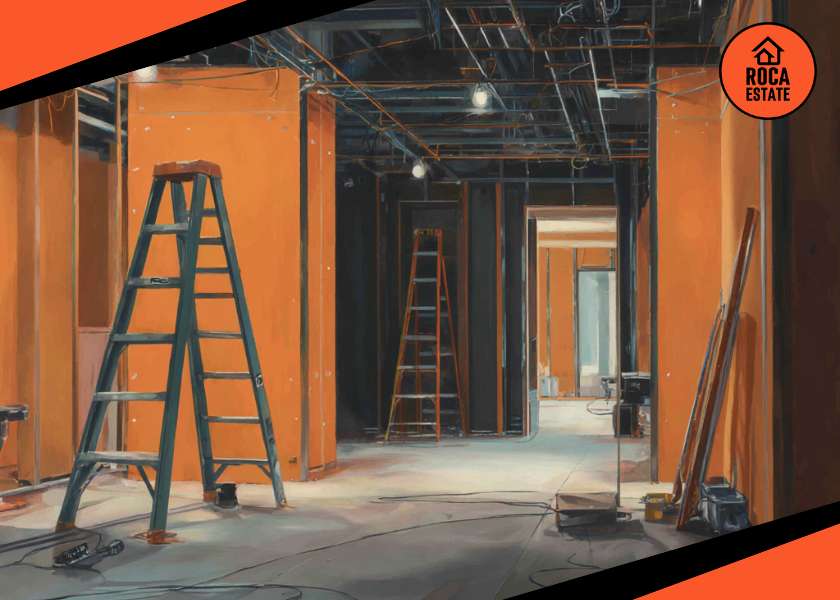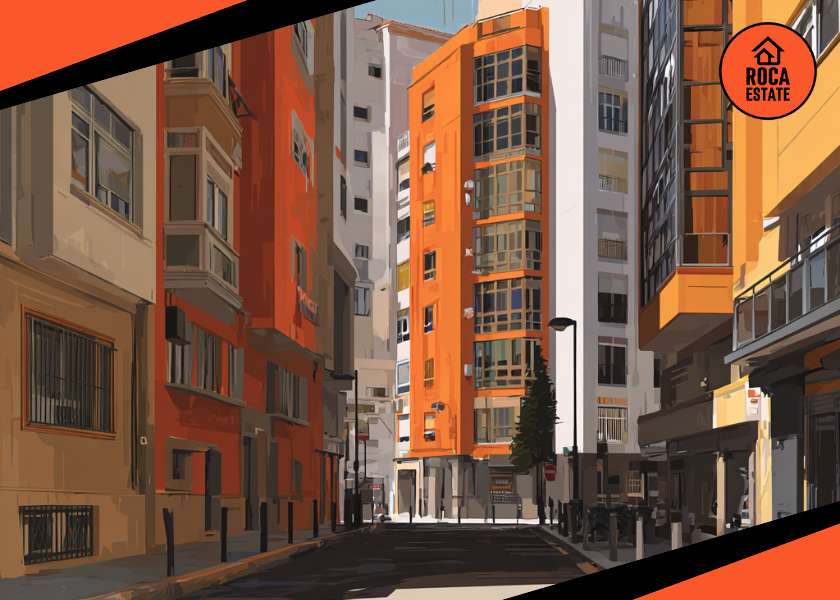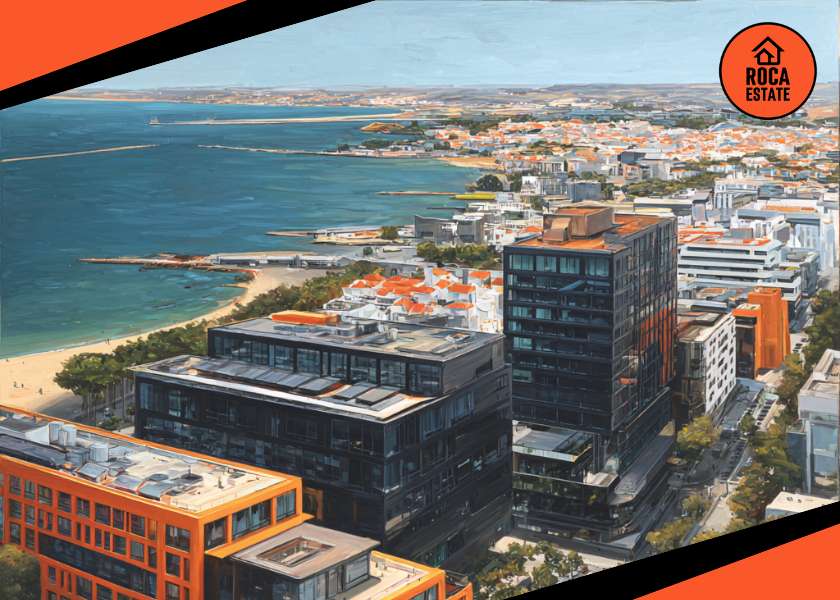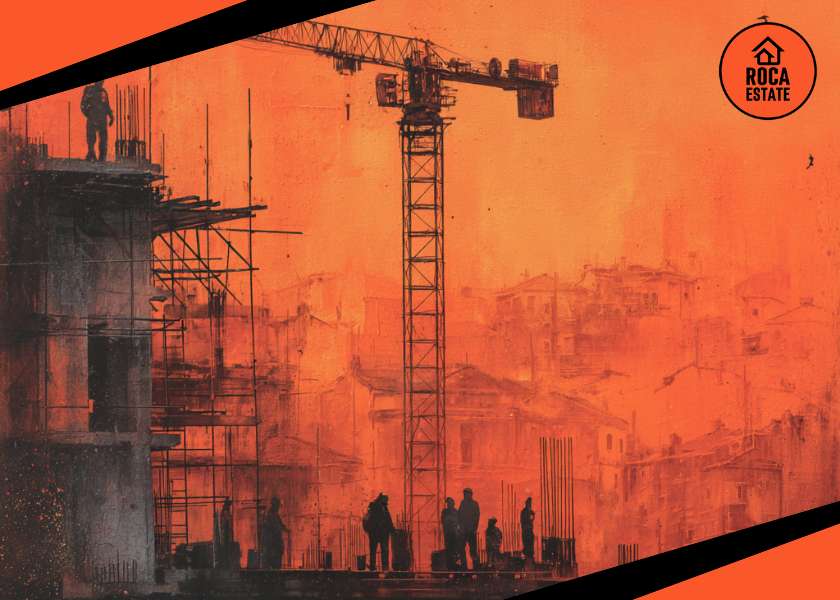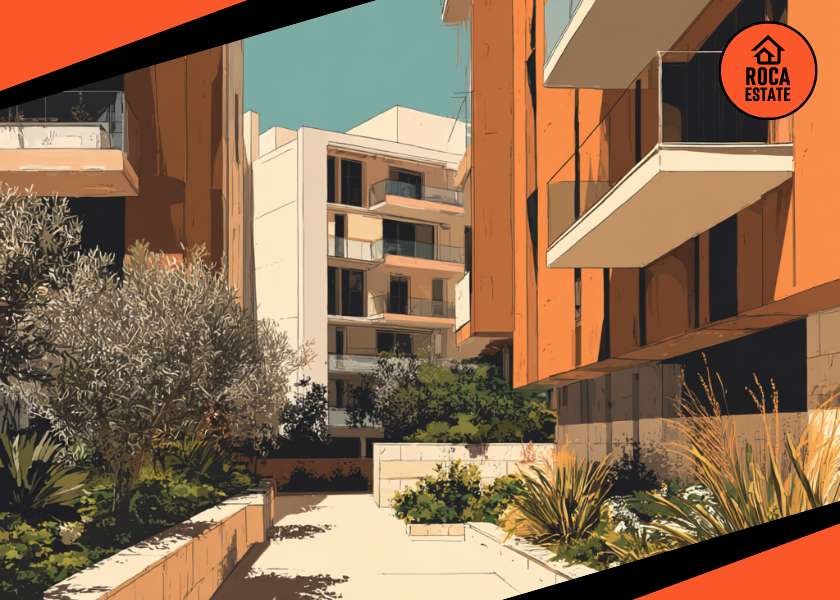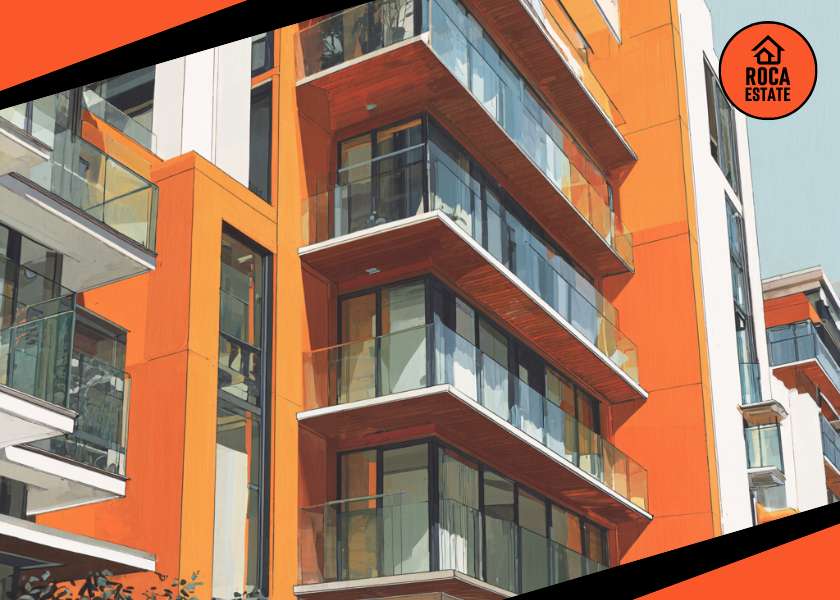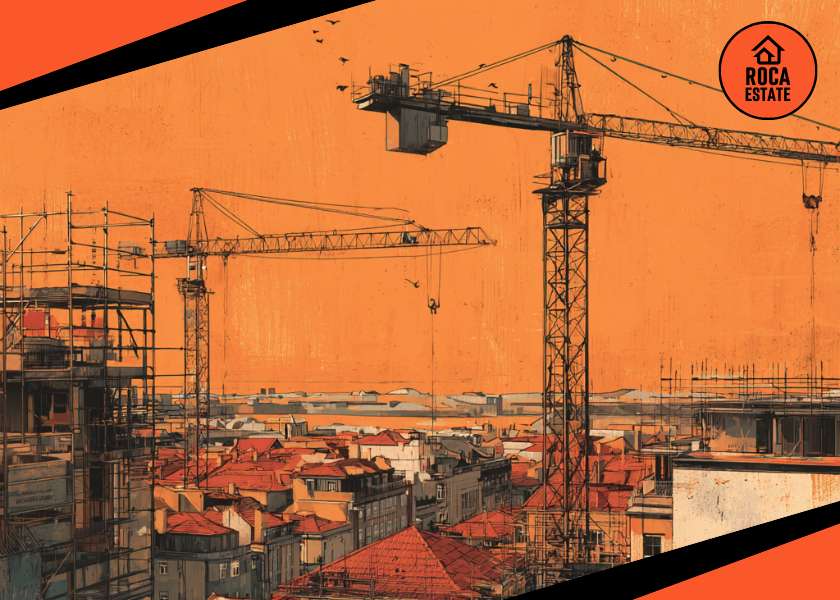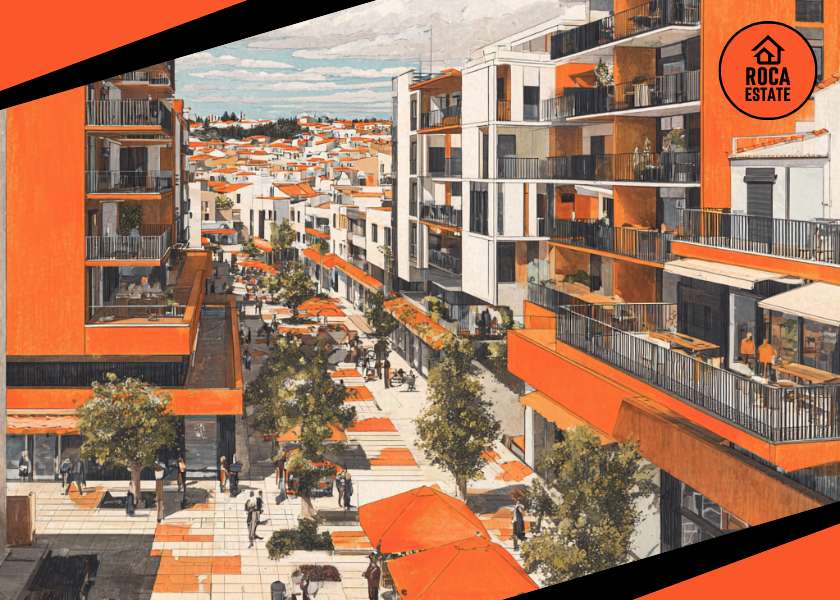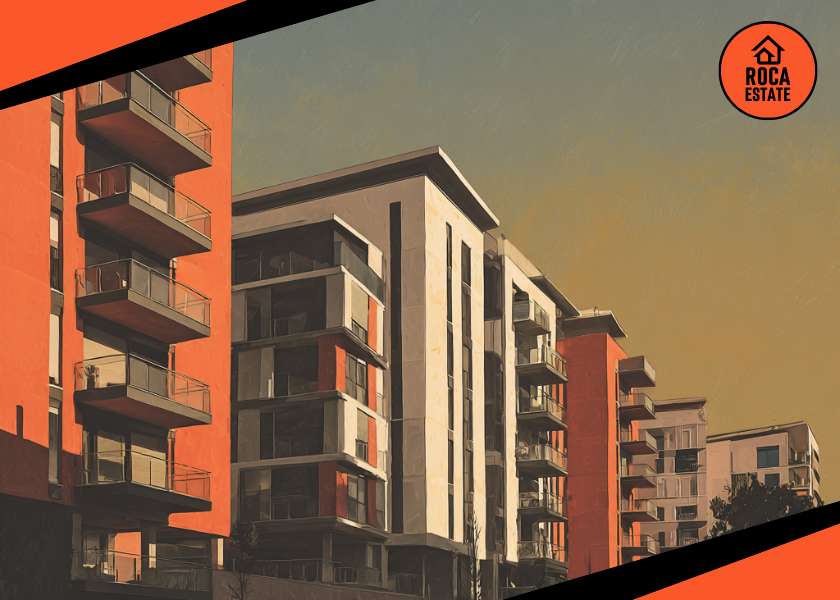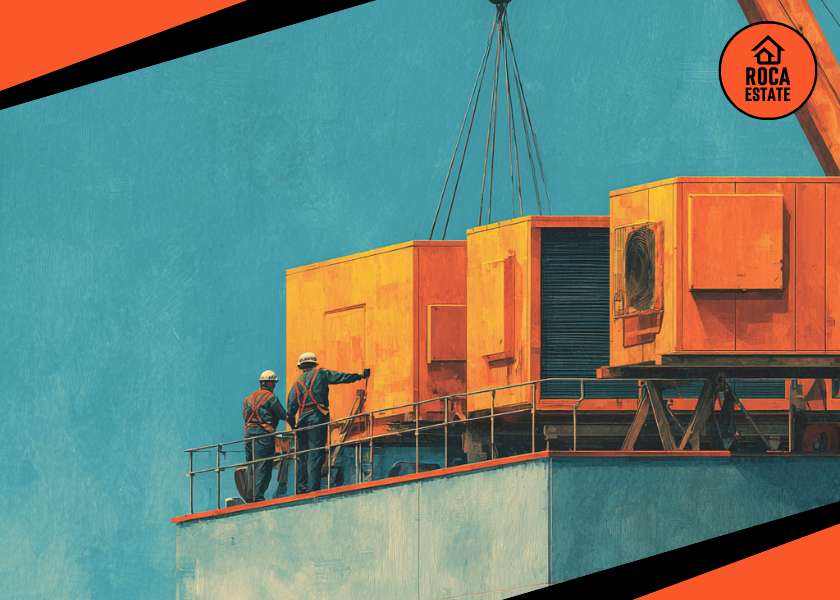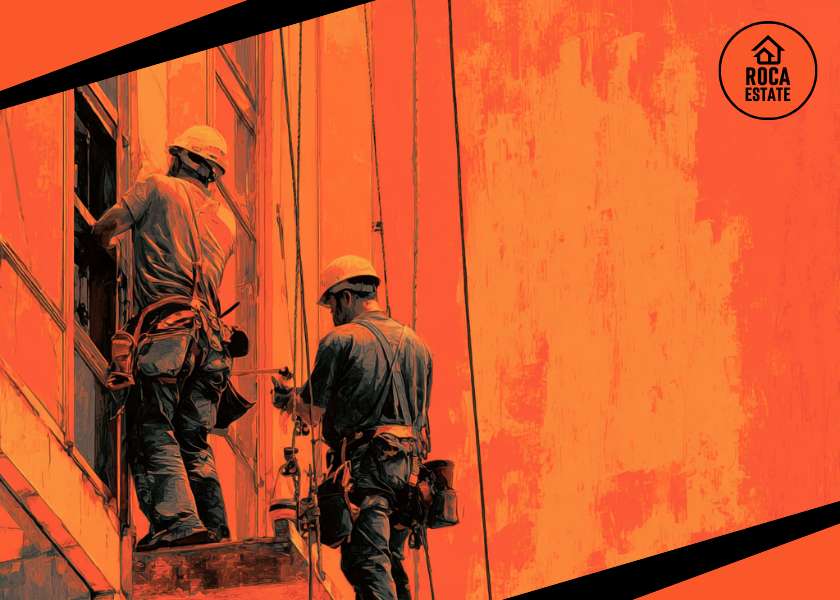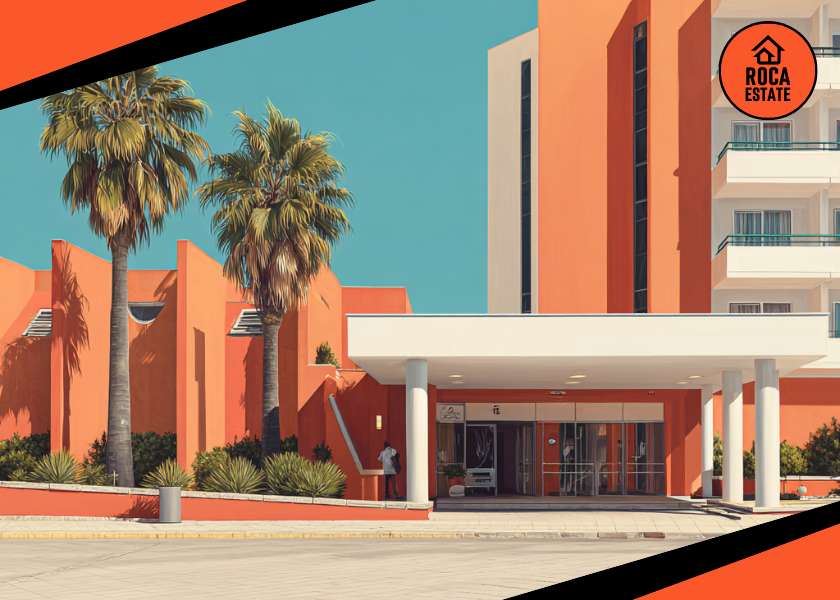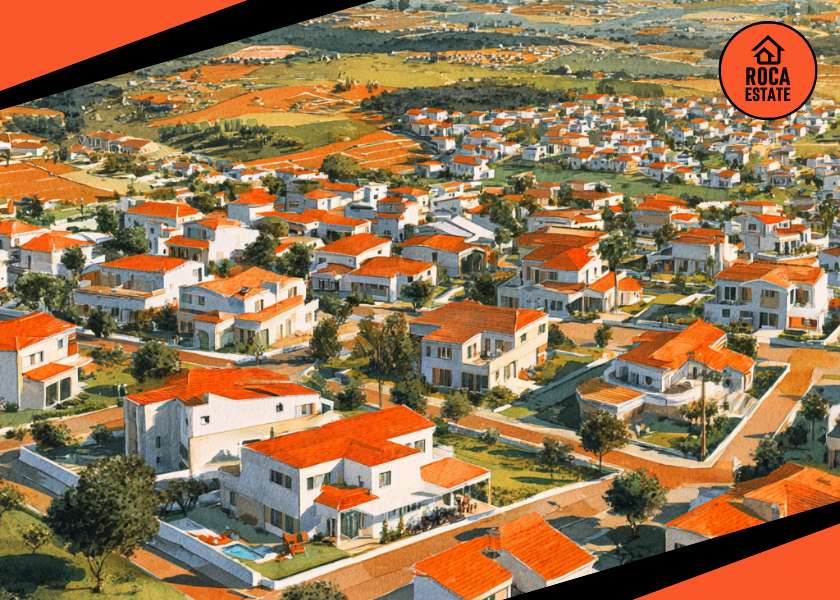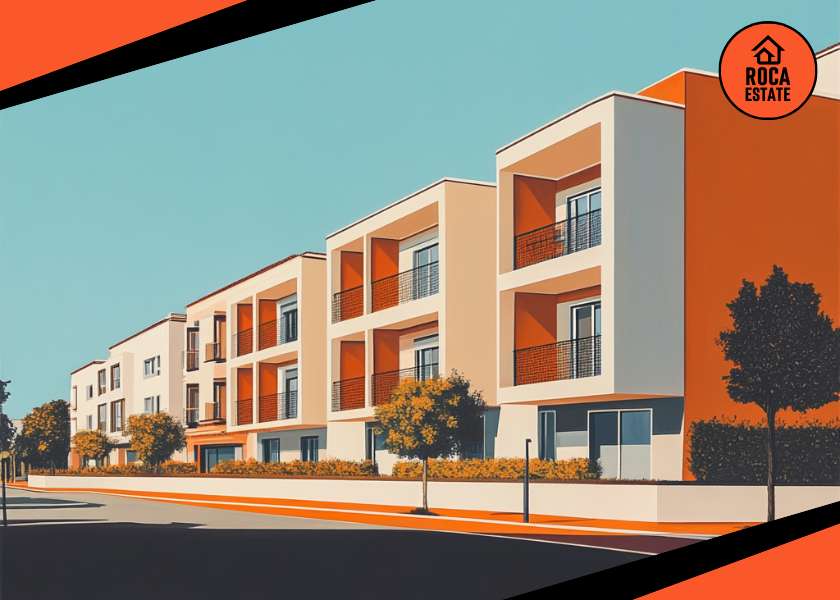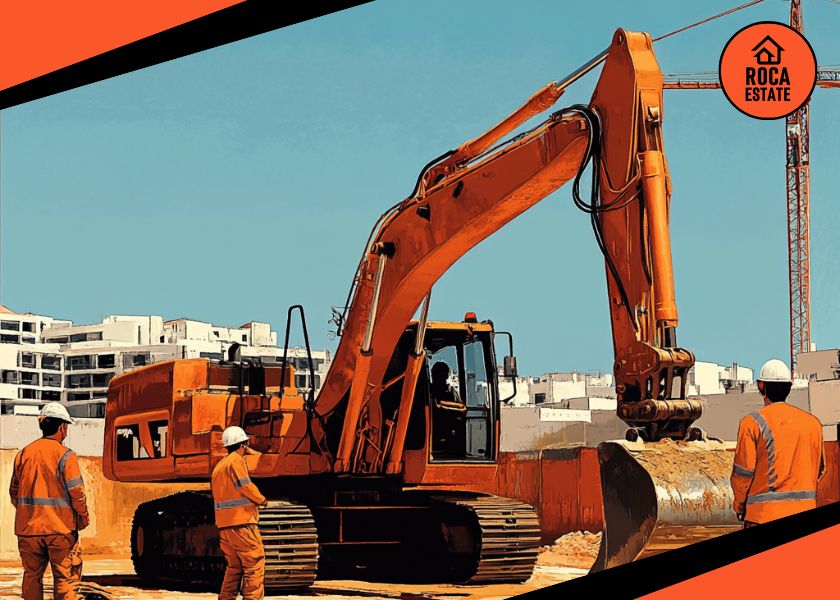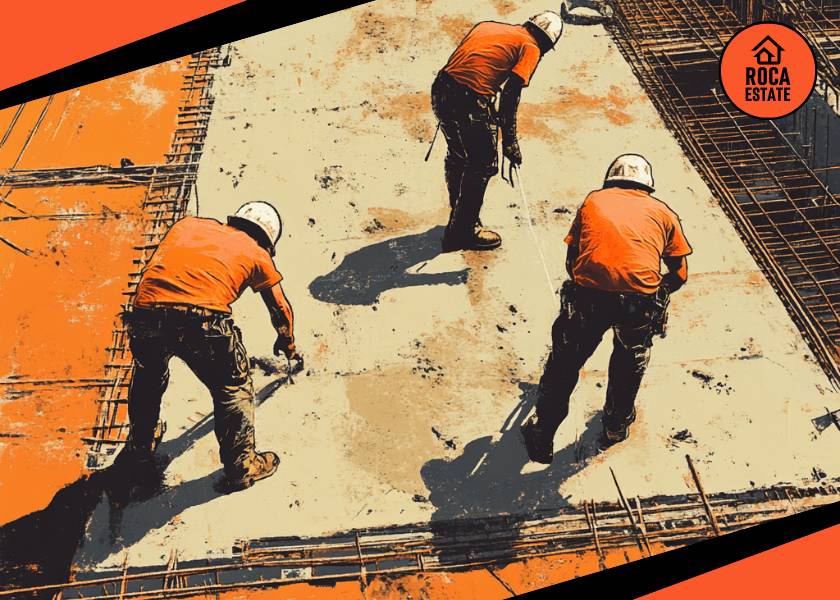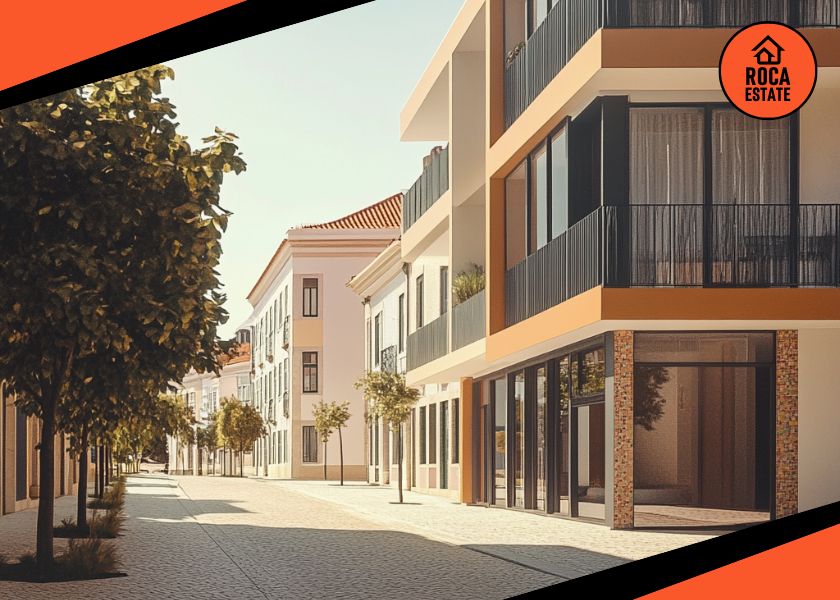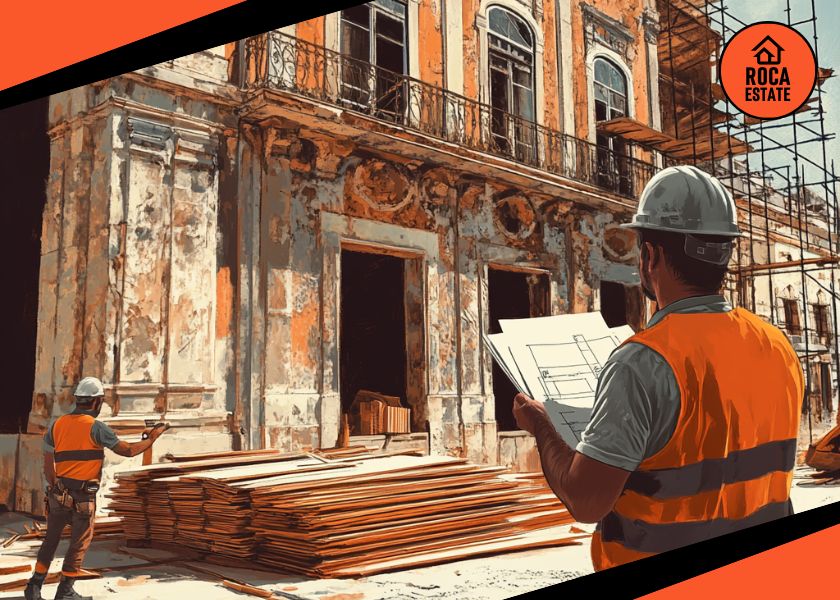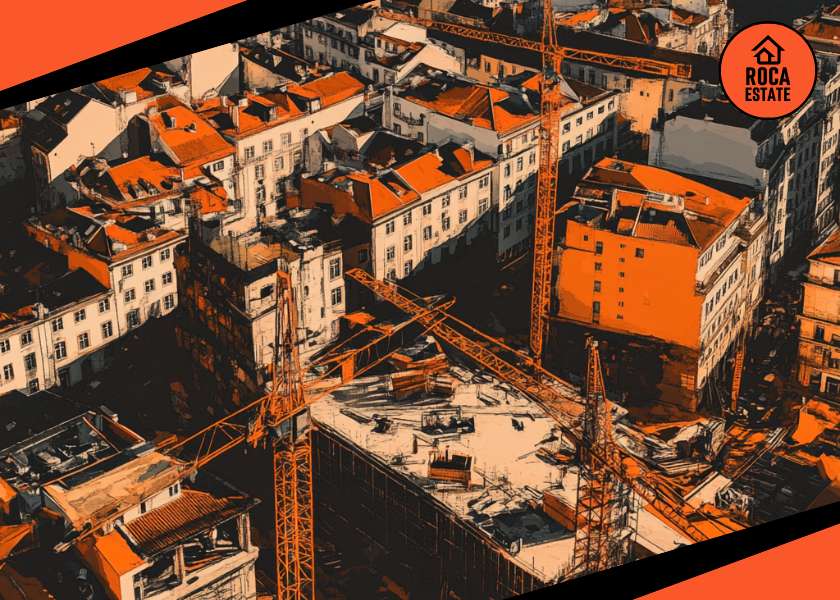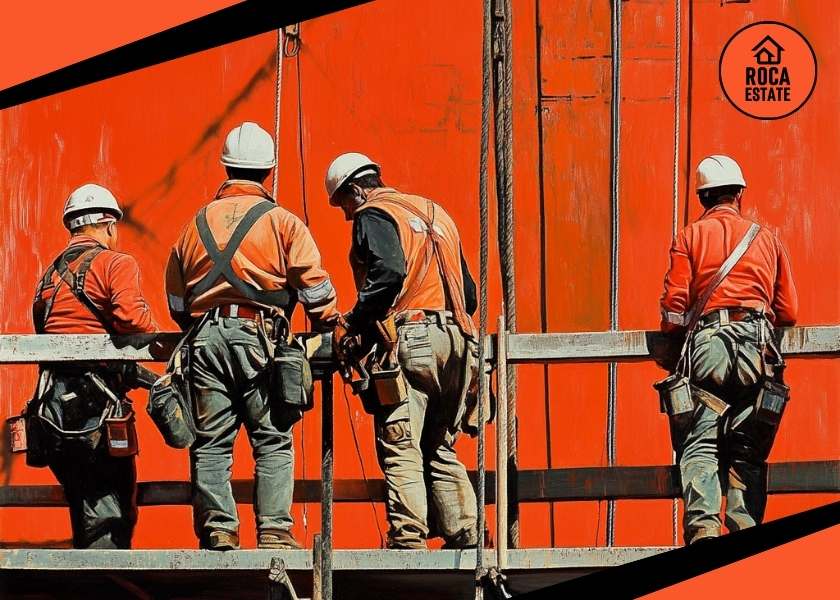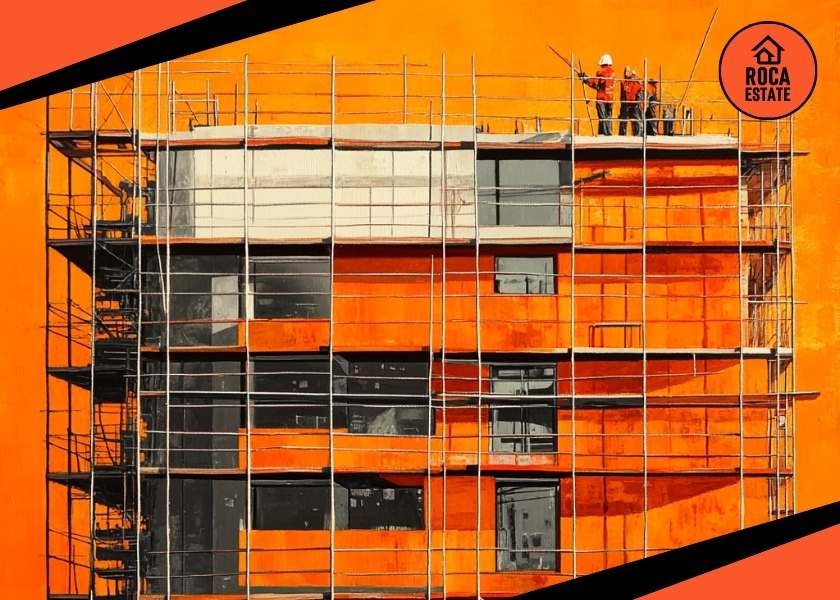July 2025 Investment Briefing: Construction Cost Index Trends
Portugal’s real estate investment landscape continues to face cost pressures, with data from Statistics Portugal’s May 2025 Construction Cost Index for New Housing (CCINH) showing a 3.7% year-on-year increase in overall construction costs. The latest figures reveal that while material prices edged up by just 1.1%, labor costs surged 6.8%, maintaining the inflationary trend seen throughout the past year. For investors, this signals a sustained shift in the cost structure of new residential developments, demanding more strategic and risk-adjusted planning.
Labor Inflation: The Structural Headwind
Labor costs remain the dominant inflationary force in Portugal’s construction economy. The 12-month average for labor costs sits at +8.0%, signaling entrenched wage pressure, likely driven by ongoing labor shortages and regulatory wage floors. For real estate investment portfolios tied to development or redevelopment, this sustained inflation cuts directly into margins, especially for build-to-sell or mid-income residential projects.
Strategies such as off-site construction, strategic contractor partnerships, and phased development timelines may become necessary tools to contain risk and preserve project feasibility.
Materials: Flatlining, Not Falling
While material costs have cooled significantly since their 2022 peaks, they haven’t delivered meaningful deflation. Most recent monthly shifts in materials have been minimal or negative, with a 12-month average increase of just 0.2%. This relative calm provides a measure of predictability for procurement, but investors should not assume it fully offsets labor-driven cost escalation.
Key Implications for Real Estate Investment
- Costs are rising but stable: The 3.7% year-on-year growth rate suggests a plateau, not a reversal. This signals limited relief for investors in the short term.
- Labor, not materials, is the margin killer: Labor cost growth continues to outpace all other components by a wide margin.
- Forecasting accuracy will matter more: Real estate investment strategies will need sharper cost forecasting, indexation mechanisms, and scenario planning.
These dynamics are particularly relevant for real estate investment in Portugal’s second-tier cities, where construction labor capacity is thinner and project scale is less flexible.
What Investors Should Monitor Next
As we move into the second half of 2025, here are the top watchpoints for investors:
- Labor market strain: Continued wage pressure or new labor regulations could further inflate costs.
- Upcoming CCINH updates: The next index release will clarify whether this cost plateau is durable.
- Macroeconomic headwinds: Any rise in financing costs or supply chain shocks could reignite input volatility.
- Urban vs rural divergence: Monitor cost differentiation by geography, as local markets may decouple in cost behavior.
Conclusion: Real Estate Investment Demands a Defensive Posture
The current construction cost environment in Portugal calls for prudence and precision. For investors, the real risk lies not in runaway inflation but in underestimating the staying power of labor cost pressures.
The May 2025 data underscores the need to embed cost realism into every real estate investment thesis. Developers and asset managers should stress-test financial models, build flexible contracts, and avoid assumptions of near-term cost normalization.
For ongoing insights and strategy support, explore our latest resources on real estate investment in Portugal — your monthly hub for data, policy shifts, and market strategy.

